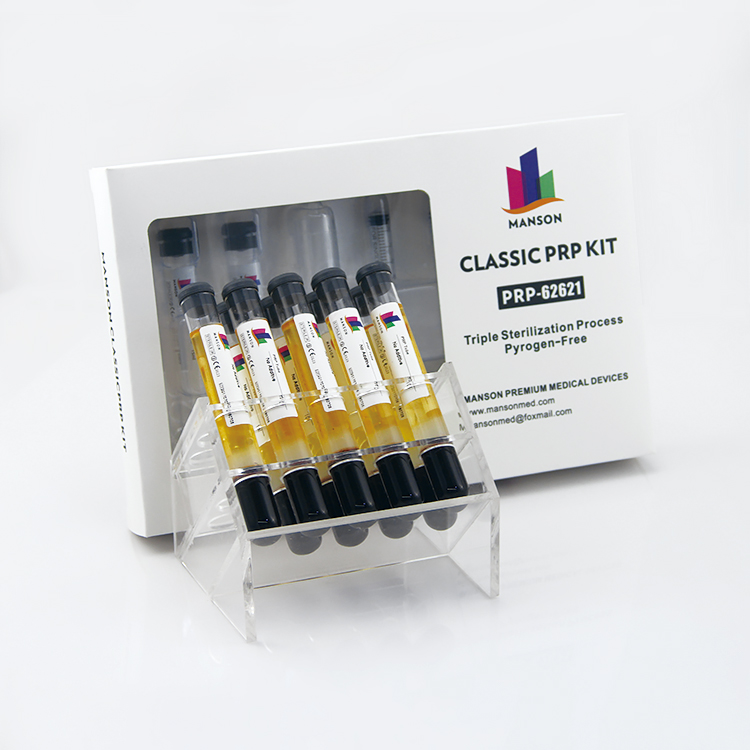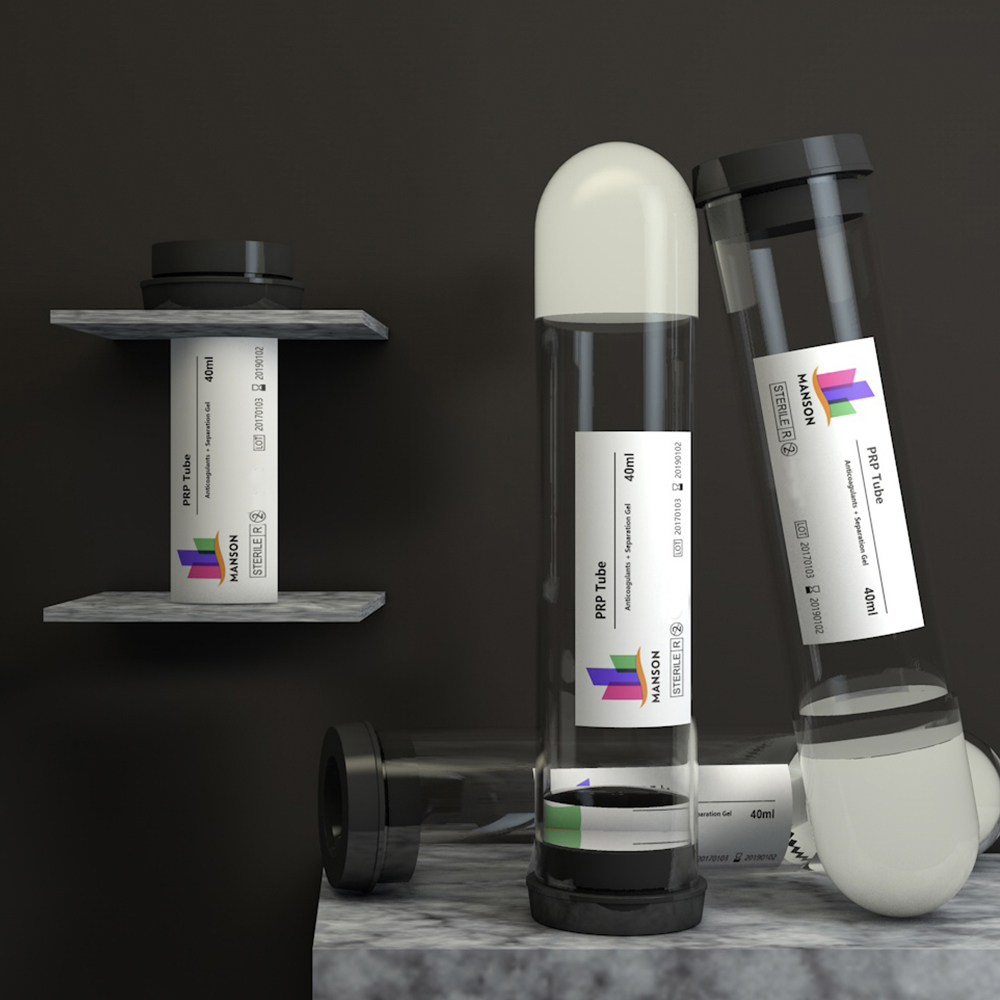PRP Treatment: Unlock the Healing Power of Your Blood for Joints, Skin, and Pain Relief
Platelet-Rich Plasma (PRP) treatment has emerged as a revolutionary regenerative therapy, leveraging the body’s natural healing mechanisms to treat injuries, chronic pain, and even cosmetic concerns. This guide dives deep into how PRP works, its applications, costs, and critical considerations for patients seeking non-surgical solutions.

What Is PRP Treatment Good For?
PRP treatment uses concentrated platelets from a patient’s own blood to accelerate tissue repair and reduce inflammation. Its applications span multiple medical fields:
Orthopedics & Sports Medicine:
Tendon Injuries: Tennis elbow, rotator cuff tears, Achilles tendinitis.
Osteoarthritis: Knee, hip, and ankle joint degeneration.
Muscle Tears: Hamstring or quadriceps injuries.
Dermatology & Aesthetics:
Skin Rejuvenation: Reduces wrinkles, acne scars, and improves skin texture.
Hair Restoration: Stimulates hair follicles in early-stage hair loss.
Chronic Pain Management:
Spinal Disc Issues: Herniated discs and sciatica.
Plantar Fasciitis: Reduces heel pain and improves mobility.
Studies show PRP can enhance collagen production, promote cartilage repair, and reduce pain by 50–70% in knee osteoarthritis patients.
What Is the Downside of PRP?
While minimally invasive, PRP has limitations:
Variable Efficacy: Results depend on platelet concentration and patient health. Chronic conditions may require 3–4 sessions for improvement.
Pain During Injection: No anesthesia is used (to avoid neutralizing growth factors), causing temporary discomfort.
Cost: Multiple sessions can total 6,000–12,000.
Contraindications: Unsuitable for those with blood disorders or active infections.

How Long Do the Benefits of PRP Last?
PRP effects are progressive and longevity depends on the condition:
Acute Injuries: 6–12 months of pain relief (e.g., tennis elbow).
Osteoarthritis: 9–18 months, with some studies showing sustained improvement for 2 years.
Cosmetic Results: Skin rejuvenation effects peak at 3–6 months and may last 1–2 years with maintenance.
For chronic issues, annual “booster” sessions are often recommended.
Who Should Avoid PRP?
PRP is contraindicated for:
Blood Disorders: Thrombocytopenia, anemia, or clotting issues.
Active Infections: Sepsis, open wounds, or systemic infections.
Immunocompromised Patients: Autoimmune diseases (e.g., lupus) or cancer patients.
Pregnancy/Nursing: Limited safety data available.
Patients on blood thinners (e.g., aspirin) must stop medication 1–2 weeks before treatment.
How Long Does a PRP Treatment Take?
A typical session involves:
Blood Draw: 10–60 mL collected (15 minutes).
Centrifugation: 10–30 minutes to isolate platelets.
Injection: 10–20 minutes, guided by ultrasound for precision6.
Most clinics complete the process in 1–2 hours, with 2–4 sessions spaced 3–4 weeks apart.

Can I Drive Home After PRP?
Yes—PRP requires no general anesthesia. However:
Post-Treatment Care: Avoid strenuous activity for 24–48 hours.
Pain Management: Mild soreness or swelling may occur; use ice packs, not NSAIDs.
Follow-Up: Schedule physical therapy to maximize results (e.g., strengthening exercises).
PRP treatment offers a safe, natural alternative to surgery for joint repair, pain relief, and aesthetic enhancement. While costs and variable efficacy are considerations, its ability to harness the body’s healing potential makes it a compelling option. Always consult a certified specialist to tailor the protocol to your needs.
Ready to Explore PRP? Find a clinic near you and take the first step toward lasting recovery!


